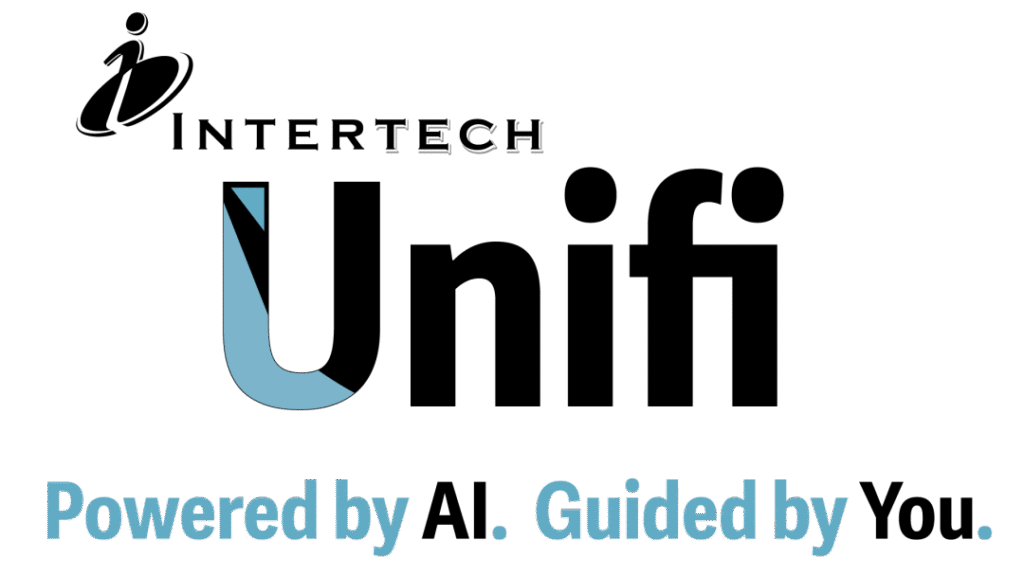From Billable Hours to Business Impact: What Clients Really Want

When you ask consulting firms how they measure success, they usually answer: “We bill by the hour.” Fair enough—it’s traditional and transparent.
But ask enterprise clients what they really care about, and you’ll hear something very different:
Business outcomes. Real results. Improved performance.
Large organizations don’t pay for hours. They pay for impact.
Why the “Hours Model” Falls Short
Billable hours track effort—not outcomes. You can clock 100 hours on code that never ships, or on meetings that don’t move the needle. Meanwhile, the client paid—but didn’t win.
Clients don’t hire us to be busy. They hire us to move the needle.
What Clients Actually Want
They want to:
- Launch faster, more reliable products
- Reduce technical debt or risk
- Achieve automation or scale
- Save operational costs
- Deliver measurable ROI
That requires strategy, alignment, and efficiency—not just hours.
How We Shift from Time to Impact
Here’s how Intertech turns that shift into reality—and why it works:
1. Start with clarity
Before writing a line of code, we define what success looks like. Not scope. Not estimated hours. Real outcomes tied to business goals.
2. Ask the right questions
What metric matters most? Where’s the friction? What happens if we’re wrong?
3. Communicate in value, not time
Instead of “X hours spent,” we report on what’s delivered—and how it aligns with business goals.
4. Amplify impact with UnifiAI™
UnifiAI™ is our proprietary system of intelligent AI agents, tailored to fit your platform and team, designed to unlock real efficiency across planning, coding, documentation, testing, QA, and integration. It’s built on agentic AI “but led by humans,” cutting development time by up to 50%
That’s not about doing more—it’s about doing more that matters. More speed, more accuracy, more capacity—for the same or less investment.
Why This Matters to Clients and Teams
- Faster to market, reliably
With UnifiAI™ trimming repetitive work, delivery cycles shrink—without sacrificing quality. - Greater ROI
Less time in the weeds means more value delivered per dollar spent. - Stronger relationships
When clients see consistent value—not just effort—they stick around. And they recommend.
A Different Way Forward
If you’re running a services firm—or choosing one—here’s the path to real impact:
- Don’t sell time. Sell clarity.
- Anchor on outcomes. Measure by value.
- Use smart tools like UnifiAI™ to amplify your team’s impact.
Clients don’t want consultants to keep them busy. They want partners who move them forward.
That’s what real impact looks like.



